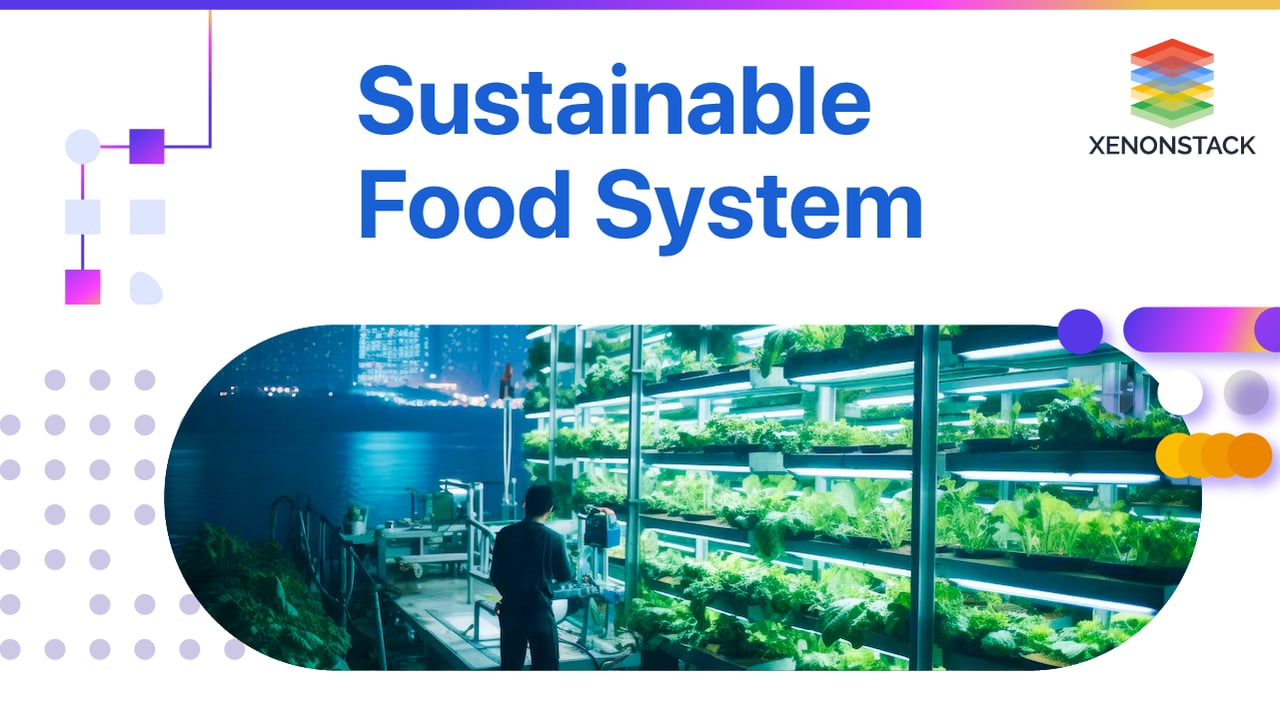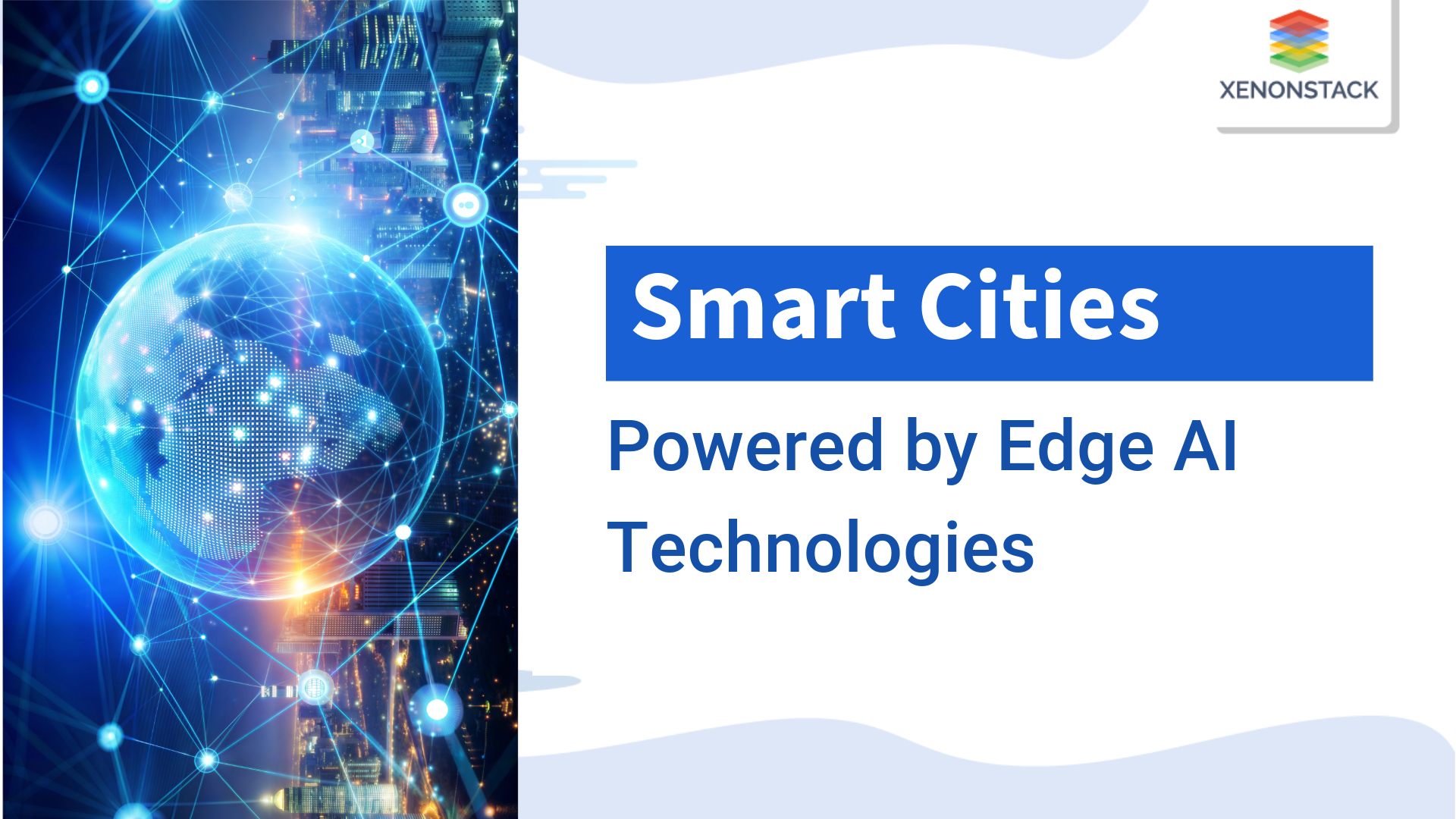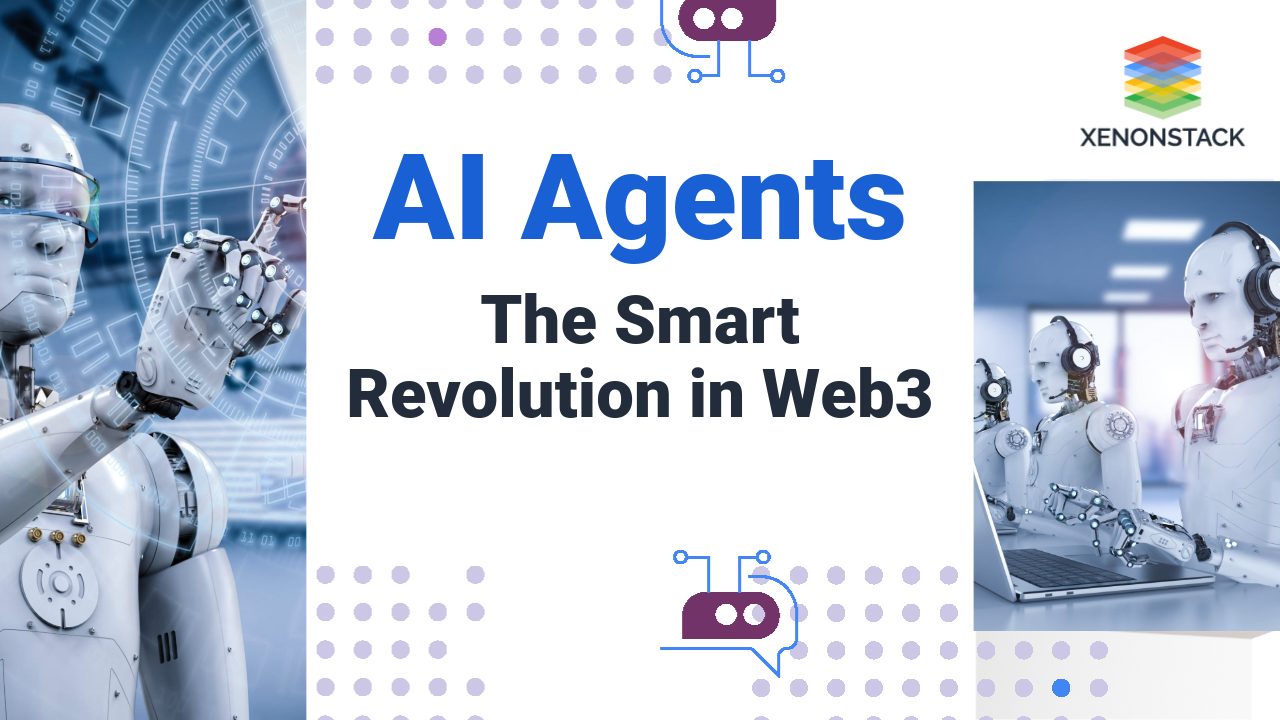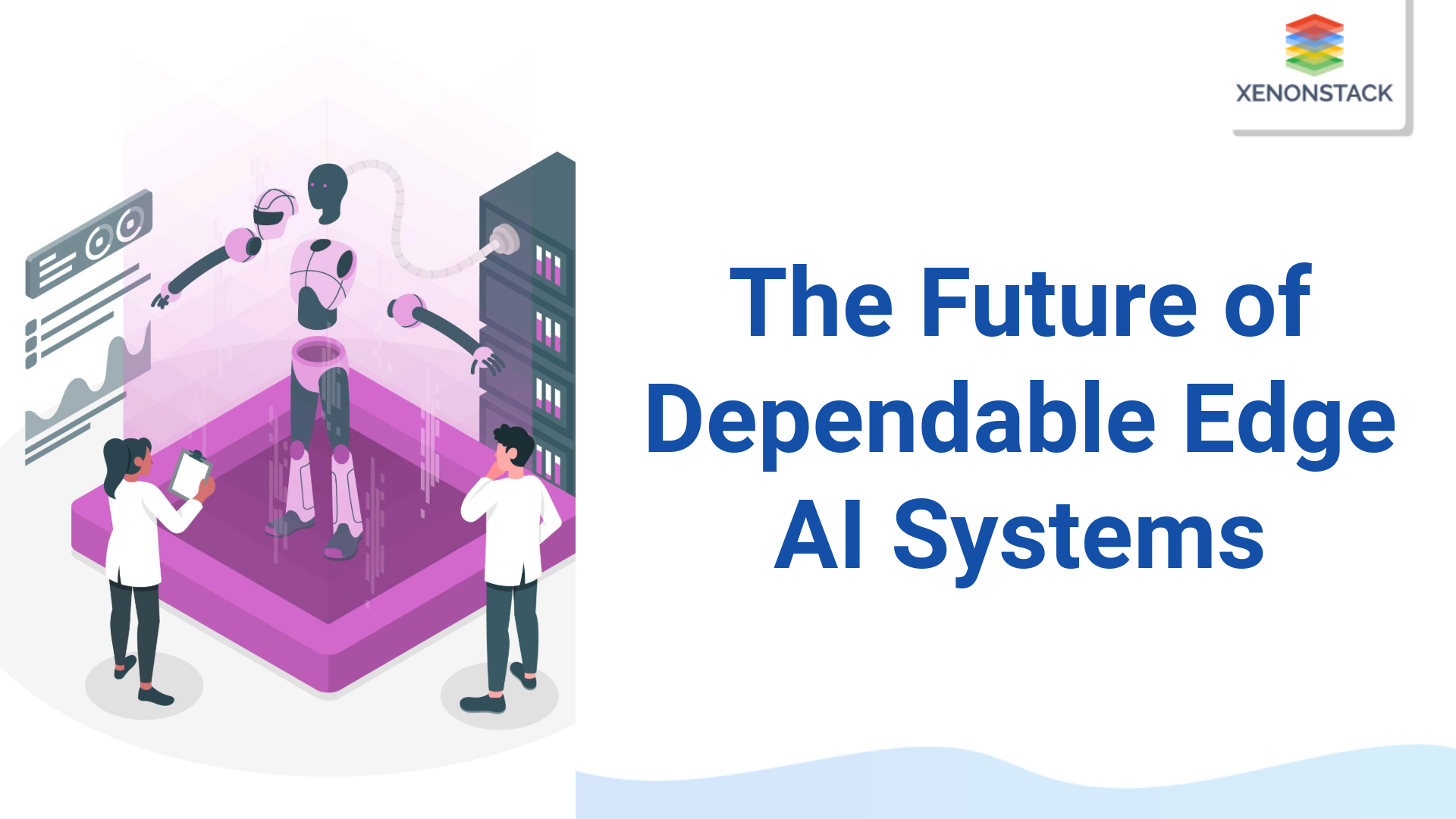
Introduction
A sustainable food system must ensure that everyone has access to safe, healthy, and nutritious food produced in a way that protects the environment and animal welfare. It should also support local economies and provide fair compensation to everyone in the food value chain. In short, a sustainable food system should aim to
-
Improve the nutrition and health of everyone, particularly vulnerable groups such as children, women, and older people.
-
Increase food security and resilience to climate change and pandemics.
-
Decrease environmental impacts, including greenhouse gas emissions, biodiversity loss, soil degradation, and water pollution.
-
Enhance the livelihoods and economic opportunities of small-scale producers and workers in the food value chain.
-
Improve food culture and sovereignty, emphasizing local and traditional foods and knowledge.
Numerous factors influence the food system, which can have positive and negative effects. These factors include population growth, technological advancements, climate change, food behaviours, and economic inequality.
The food value chain benefits from digital technologies such as Internet of Things (IoT) devices and sensors, artificial intelligence (AI) and machine learning, blockchain, cloud-based platforms, and mobile and web applications. These technologies can improve farm management, optimize processing operations, make distribution and logistics more efficient, provide personalized customer experiences in retail and food service, and empower consumers to make healthier and more sustainable choices.
Relevant Technologies by stage of the Value Chain
Identifying and implementing relevant technologies at each stage of the value chain is crucial for the success of any business.
Production
Farmers nowadays have access to a wide range of advanced technologies that can help them optimize their crop production. They can utilize GPS, drones, and satellite imagery to monitor crop health, apply fertilizers and pesticides, and optimize irrigation. IoT sensors can also monitor soil moisture, temperature, and other environmental factors, allowing farmers to make informed decisions about their crops. Robotics and automation can also be utilized for planting, harvesting, and managing crops or livestock. Lastly, farmers can leverage artificial intelligence (AI) and machine learning (ML) to analyze data collected from various sources to improve decision-making and predict crop yields.
Processing
The food processing industry has adopted advanced automation technology, such as robotic systems and computer-controlled machinery, for processing, packaging, and labelling food products. AI and ML technologies are used for quality control and optimizing production processes to reduce waste and improve efficiency. Blockchain technology tracks the movement of ingredients and products, ensuring traceability and transparency in the industry. Innovative packaging containing sensors or QR codes provides information about product freshness, storage conditions, and handling instructions.
Distribution
Supply chain management software can help streamline logistics and inventory management, optimize transportation routes, and reduce costs. IoT devices such as sensors and GPS trackers can also monitor temperature, humidity, and location during transportation. Blockchain technology can also enhance transparency and traceability throughout the distribution process, improving food safety and quality assurance. Lastly, autonomous vehicles and drones can reduce transportation costs and increase efficiency in food distribution.
Retail and food service
If you are interested in food shopping, several options are available. You can use e-commerce platforms, which offer online marketplaces and delivery services. Mobile applications are another option, allowing you to order food and access nutritional information. You can also use AI and ML, which provide personalized recommendations, inventory management, and dynamic pricing. Smart shelves and RFID technology also improve inventory management and reduce food waste in retail environments.
Consumption
Several technologies are also impacting the food industry at the consumption level. Mobile applications offer features like tracking food intake, providing dietary recommendations, and monitoring health goals. Virtual and augmented reality can enhance consumer education, food choices, and preparation engagement. Social media platforms can influence consumer preferences and behaviours through online communities, influencers, and marketing campaigns. AI and ML can analyze consumer data to identify trends, preferences, and opportunities for innovation in the food industry.
The Early Situation in the Food Industry
During the early stages of the food industry, there was a focus on developing efficient hardware, equipment, and processing techniques to improve food production and quality. Improvements in agricultural tools and methods were a major initiative to increase crop yield and quality. As agricultural output evolved, machinery and equipment such as stone mills and presses were gradually introduced to make processing more efficient and maintain the freshness and quality of food. Additionally, food processing techniques were improved, and methods such as curing, drying, and smoking were developed to extend the shelf life of food and facilitate storage and transport.
The effective connection of the entire food chain was also an essential concern for the early food industry. The lack of collaboration and information sharing between raw material producers, processors, and retailers led to inefficiencies in supply chain management, excessive inventory, and food waste. To solve this problem, the food industry has established a comprehensive supply chain management system through information technology, enabling more efficient logistics and inventory management.
The Current State of the Food Industry
The food industry is a vast and complex sector encompassing food service, processing, retailing, and related sectors such as agriculture, fisheries, and livestock. It is a global industry that involves the entire food value chain, from production to consumption. Consumers demand increasingly diverse choices and safe, secure food. The food industry has adopted new technologies, such as artificial intelligence, big data, 3D printing technology, and blockchain technology, to improve productivity, reduce waste, enhance food quality and safety, increase mass demand, and retain food consumers.
Digital Transformation in the Food Industry
As the food industry undergoes a digital transformation, technology continues to advance. Automated production and intelligent manufacturing technologies improve production efficiency, while big data analytics provide better insight into consumer needs. Blockchain technology enhances the transparency and traceability of the supply chain, providing security for food safety. Emerging technologies such as 3D-printed food and virtual reality also open new possibilities for future food innovation. Big data, blockchain, and artificial intelligence play critical roles in the food industry, providing revolutionary changes in supply chain optimization and food safety.
With progress and economic development, food requirements have become more stringent. They are now more concerned about food flavour and nutrition. Artificial intelligence and big data analytics technologies have brought revolutionary changes to the food industry regarding supply chain optimization and food safety.
Restaurants can use big data technology, such as surveillance cameras, to monitor kitchen operations, improving food safety and providing peace of mind for guests. AI and big data technologies can advise diners to choose quality restaurants and help managers make the best decisions. A predictive model of restaurant reviews based on big data is helpful for customer decision-making and helps managers make more rational decisions.
Using real-time monitoring and feedback, local food producers can flexibly adjust their production strategies to meet local market needs better. Small-scale producers can establish a blockchain-based traceability system to provide more transparent and traceable product information, increasing consumer trust in local products and promoting the sustainable development of local food systems.
Personalized Marketing and Recommendation System
Extensive data analysis and artificial intelligence algorithms can help companies understand consumers' purchase histories, preferences, and behaviours to provide personalized product recommendations, pricing strategies, and promotions. This customized marketing strategy is based on consumers' interests, preferences, and behavioural characteristics.
We also explored how marketing campaigns in social networks can be analyzed with big data to understand user behaviour, preferences, and interaction patterns.
Built recommendation system uses algorithms and models to recommend food products that suit consumers' tastes and needs based on their preferences and similar consumer behaviours, increasing purchase conversion rates and sales.
By providing personalized marketing and a recommendation system, companies enhance consumers' buying experience and loyalty.
Consumer Behavior Analysis and Forecasting
By analyzing consumer behaviour patterns, decision-making processes, and purchase motivations, big data analytics can help companies predict trends and changes in preferences. This enables them to optimize product positioning, marketing, and channel strategies based on the needs of different consumer groups. Predicting consumer behaviour can also improve inventory management, production planning, and supply chain decisions, enhancing operational efficiency and meeting consumer demand. Our personalized marketing and recommendation systems, coupled with a consumer behaviour analysis and prediction, can help food companies better understand their customers, offer customized products and services, and ultimately gain an advantage in the market competition.
Forecasting Models and Machine Learning Algorithms in Demand Forecasting
Forecasting demand is crucial to effective decision-making in the food industry. Companies can avoid shortages or overstocking by predicting changes and trends in consumer demand. With the help of AI algorithms and forecasting models, historical sales data, market trends, and other relevant factors can be analyzed to create accurate demand forecasting models. These models can automatically identify demand patterns, make forecasts, and offer targeted recommendations and decision support.
In summary, the integration of digital technologies into the food industry is critical to building sustainable food systems that are resilient, efficient, and capable of meeting the global challenges of climate change, population growth, and changing dietary needs.
Conclusion
In conclusion, the integration of digital technologies in the food industry is pivotal for building sustainable and resilient food systems. These technologies enhance production efficiency, improve food safety, enable personalized marketing, and empower companies to forecast demand accurately. By leveraging AI, big data analytics, blockchain, and automation, the food industry can address global challenges like climate change and population growth while meeting diverse consumer needs effectively.
- Explore here about Explainable AI in Manufacturing Industry
- Discover more about Responsible AI Principles for Businesses




